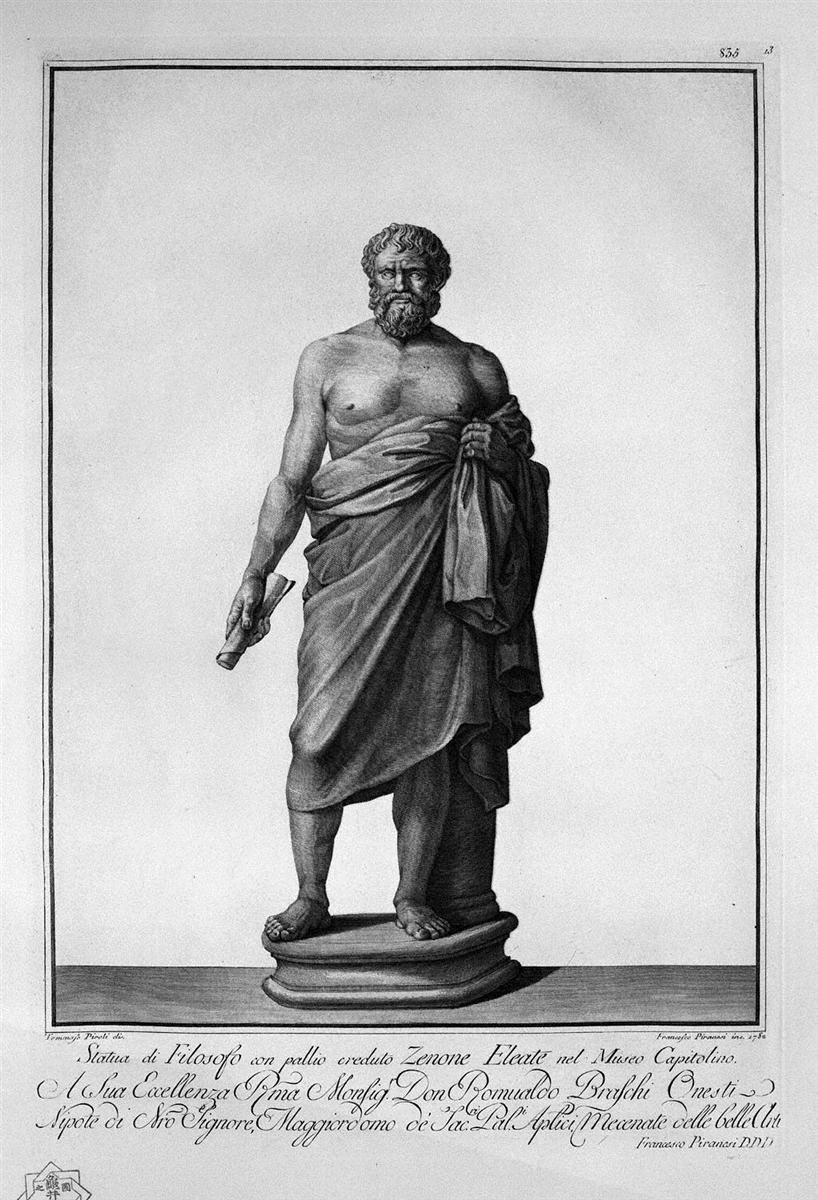【견성성불
[한문]見性成佛
[영어]to see one’s own nature and accomplish buddhahood】
❋추가참조
◎[개별논의]
○ [pt op tr]
[#M_▶더보기|◀접기|

○ 2019_1106_120041_nik_CT27

○ 2019_1105_161125_nik_Ar26_s12

○ 2019_1106_131006_can_ar45_s12

○ 2019_1106_155321_can_Ab35

○ 2020_0211_134213_can_Ab31_s12

○ 2020_0905_111416_can_ori_rs

○ 2020_0905_170608_can_CT33

○ 2020_0905_171354_can_BW27

○ 2020_0906_110216_can_ar8

○ 2020_0908_163538_can_ori_rs

○ 2020_0909_154040_can_CT33

○ 2020_0909_155402_can_AB7

○ 2020_0910_140156_nik_ct18

○ 2020_0910_142633_can_AB7

○ 2020_0911_121946_nik_CT28

○ 2018_1024_140910_can_ar24

○ 2018_1024_163951_nik_AB4_s12

○ 2019_0106_161921_nik_CT33_s12

○ 2019_1104_121039_can_ct9_s12
● [pt op tr] fr
_M#]

○ 2019_1104_171537_can_ar34_s12
❋❋추가참조 ♥ ◎[개별논의]
○ [pt op tr] [#M_▶더보기|◀접기|
● From 고려대장경연구소 불교사전
견성성불
견성성불[한문]見性成佛[영어]to see one’s own nature and accomplish buddhahood
자신의 본성을 투철하게 봄으로써 실상(實相)을 깨달아 정각(正覺)을 이루는 것.
● From 대만불광사전
견성성불
【見性成佛】 p2994-下≫
禪宗基本思想之一.
提倡成佛作祖或
應不執外修․不假外求,
而以般若智慧,
覺知自心眞性卽可達到目的之
獨露一己本來面目,
悟得覺體圓明之本源.
了無一物可見,
是名正見 ;
是名眞知.
無有靑黃長短,
但見本源淸淨,
覺體圓明,
卽名見性成佛.」
無形․無相․無根․無本․無住處,
悟得此理,
卽是眞知見,
是時,
已無異於佛,
故稱見性成佛.
禪宗將佛性與智慧均視爲人心所固有,
因而不以讀經․坐禪․禮佛․戒律等
而提倡修心爲成佛之行.
[黃檗斷際禪師宛陵錄․圜悟佛果禪師語錄卷十六]
● From 陳義孝佛學常見辭彙
견성성불
【見性成佛】見性是見到一切衆生普具的佛性,
此性卽佛,
名爲佛性,
見自佛性者,
當下與諸佛無異,
禪家名之爲見性成佛.
→2480
● From Hanja(Korean Hanzi) Dic
견성성불
見性成佛
● From Korean Dic
견성성불
견ː성―성불(見性成佛)[명사]자기의 불성을 깨달아 부처가 됨.
● From 한국위키 https://ko.wikipedia.org/wiki/
선(禪)은 동양에서 고요
hbfl--01_Ga_0046.TIF
다음백과 https://100.daum.net/search/entry?q=견성성불
네이버백과 https://terms.naver.com/search.nhn?query=견성성불
한국위키 https://ko.wikipedia.org/wiki/견성성불
네이버한자 https://hanja.naver.com/search?query=견성성불
네이버지식 https://kin.naver.com/search/list.nhn?query=견성성불
네이버사전 https://endic.naver.com/search.nhn?sLn=kr&isOnlyViewEE=N&query=견성성불
위키영문 https://en.wikipedia.org/wiki/
구글 https://www.google.co.kr/?gws_rd=ssl#newwindow=1&q=견성성불
네이버 https://search.naver.com/search.naver?where=nexearch&query=견성성불
다음 https://search.daum.net/search?w=tot&q=견성성불
--- 이하 단어 직접 입력 검색 ---
운허 동국역경원 불교사전 https://abc.dongguk.edu/ebti/c3/sub1.jsp
실용한-영 불교용어사전 http://dic.tvbuddha.org/
불광대사전(佛光大辭典) https://www.fgs.org.tw/fgs_book/fgs_drser.aspx
산스크리트어사전 https://www.sanskrit-lexicon.uni-koeln.de/monier/
티벳어사전 https://nitartha.pythonanywhere.com/index
● [pt op tr] fr
_M#]
■ 불교사전 링크 및 불교 사전 출처 종합 안내
https://buddhism0077.blogspot.com/2020/04/blog-post_21.html
●● 관련정보 사용페이지
----[‡사용한 다른 페이지]---
★%★
◎◎[개별논의] ♥ ❋추가참조
★1★
◆vrol1732
| ◈Lab value 불기2566/12/31/토/07:09 |
|
Balavoine - Aimer Est Plus Fort Que D'tre Aime
♥단상♥ |
|
문서정보 ori https://buddhism0077.blogspot.com/2022/12/to-see-one’s-own-nature-and-accom.html#1732 sfx--dict/견성성불.txt sfd8--불교용어dic_2566_12.txt ☞◆vrol1732 불기2566-12-31 θθ |
ॐ मणि पद्मे हूँ
○ [pt op tr]
[#M_▶더보기|◀접기|
■ 용어퀴즈 다음 설명에 맞는 답을 찾으시오.
■ 용어 퀴즈
답 후보
● 인과응보(因果應報)
인아(人我)
인욕바라밀(忍辱波羅蜜)
인타라굴(因陀羅窟)
일념삼천(一念三千)
일미(一味)
일생보처(一生補處)
■ 음악
Benjamin Biolay - Tant Le Ciel Etait Sombre
Michel Berger - J'aime
Catherine Deneuve - Toi Jamais
Marie-Paule Belle - Demi-Sommeil
Yves Montand - La Plus Belle Des Mers
Michel Sardou - Be Bop A Lula (Avec M. Mathieu Et J. Hallyday)
Weepers Circus - Corneille
■ 시사, 퀴즈, 유머
뉴스
퀴즈
퀴즈2
유머
■ 한자 파자 넌센스 퀴즈
禾 ■ ( 벼 화 / 말 이빨의 수효 수 )
052▲ 兄乎禾各艮 ■ 형호화각간 52 ( 형 형 / 두려워할 황 ) ( 어조사 호 / ~느냐? ~랴! ) ( 벼 화 / 말 이빨의 수효 수 )( 각각 각 )( 괘 이름 간 / 그칠 간, 은 은 )
039▲ 末皿矛母目 ■ 말명모모목 39 ( 끝 말 )(그릇 명 )( 창 모 )(어머니 모 / 없을 무 )(눈 목 ) 재춘법한자
【 】 ⇄✙➠
일본어글자-발음
중국어글자-발음
■ 영어단어 넌센스퀴즈- 예문 자신상황에 맞게 바꿔 짧은글짓기
■ 번역퀴즈
번역
번역연습(기계적 번역내용 오류수정 연습)
■ 영-중-일-범-팔-불어 관련-퀴즈
[wiki-bud] Yuquan Shenxiu
[san-chn] kuśalaikānta 唯是善
[san-eng] uttamaṃ $ 범어 transcendental
[pali-chn] sikkhā 學, 學
[pal-eng] khaadanta $ 팔리어 pr.p. of khaadatieating; chewing; bitting; gnashing.
[Eng-Ch-Eng] 因明入正理論 The Yinming ruzhengli lun, Nya^yaprave/sa (Introduction to Logic); by S/an%karasva^min 商羯羅主1 fasc, T 1630 32.11-13.Translated by Xuanzang 玄奘 in 647 at Hongfu Monastery. The first Indian Logic 因明text ever translated into Chinese. It offers an overview of Digna^ga's 陣那 logic. Ten monks wrote commentaries on this text that were incommensurate. A Court Taoist, Lu Tsai, wrote his own, applying yin-yang and Chinese cosmological principles, which outraged the Buddhists, leading to a crisis in the capitol that only dissipated once Xuanzang, questioned by the Emperor, confirmed that Lu's commentary was erroneous. English translation with Sanskrit text in Musashi.
[Muller-jpn-Eng] 三摩拔提 サンマバツダイ arrival (to meditative equipoise)
[Glossary_of_Buddhism-Eng] DHARMAKARA☞
See also: Amitabha Buddha; Dharmakara’s Vows.
The Bodhisattva who later became Amitabha Buddha, as related
in the Longer Amitabha Sutra. The Bodhisattva Dharmakara is
famous for forty-eight Vows, particularly the eighteenth, which
promises rebirth in the Pure Land to anyone who recites His name
with utmost sincerity and faith (i.e., single-mindedly) at the time of
death.
Editor / Tam: 148
“Dharmakara – Amitabha Buddha in his previous life – pledged
to the Buddha preceding him (Lokesvara) that he would fulfill
48 vows in his pursuit of Buddhahood. They appear in the Larger
Sukhavati-vyuha (Longer Amitabha Sutra). These vows were made by
Dharmakara in order to establish his own Buddha-World, namely
Sukhavati (Pure Land), on the basis of the 21 billion Buddha-worlds
which he had seen.”
Dait: 305
“In the sacred Buddhist texts of China, the Longer Amitabha Sutra
concerns Amitabha Buddha and his Pure Land. On a certain occasion, Sakyamuni Buddha (the Buddha of our present age) was on
Vulture Peak, surrounded by his disciples. Ananda, the Buddha’s personal attendant, noticed the radiant beauty of Buddha and inquired
about the cause of the Buddha’s joy. Sakyamuni relates the following
story: In an infinite time in the past, Bhiksu Dharmakara observed
the misery of all sentient beings, and moved by compassion, vowed
to establish a pure and perfect land where all could be liberated from
their suffering. He then made forty-eight Vows in which he promised
to establish this land or else he would not attain enlightenment. The
Sutra states that Bhiksu Dharmakara practiced for many eons until
he accomplished all his vows. Since he has achieved his aims, he is the
Buddha of that land – The Buddha of Infinite Light and Life.”
【book-page-196 197】
Amidism: preface #0132
See also next entry.
[fra-eng] actualisées $ 불어 updated
■ 암산퀴즈
616* 663
150852 / 156
■ 다라니퀴즈
구족수화길상광명대기명주총지 39 번째는?
자비주 52 번째는?
성관자재보살 명호 40 번째는?
39 훌륭한 힘을 증장시켰으며,
타우로, 託齲盧<三十九>
thakkura
(~!~) 현세의 왕이시여! 지옥과 불에 떨어진 이들을 보호하고 보호 하소서.
『대승대집지장십륜경』
♣0057-001♧
52
또 이 주문 외우고 지니는 자가
입으로 하는 말이
좋은 말이든 나쁜 말이든
일체 천마(天魔)나
외도(外道)와 용과 신이 모든 귀신이 들으면
다 청정한 법음으로 듣게 되어
다 이 사람에게
공경하는 마음을 내어
부처님과 같이 존경하리라.
● 사바하 娑婆訶<五十二> s vā hā
『불설천수천안관세음보살광대원만무애대비심다라니경』
♣0294-001♧
40
바라 아바 례다마니
鉢囉<二合>入嚩<二合引>隸哆摩抳<四十>
『성관자재보살일백팔명경』
♣1122-001♧
■ 삼매_게송퀴즈
■ 오늘의 게송
[364일째]
차불가설중일신 $ 106▲青蓮華青蓮華為 一 ● 鉢頭摩, ○□□□□,示,此,示,此
□□□□□□□, 示現於頭不可說;
此不可說中一頭, 示現於舌不可說;
□□□□□□□, 시현어두불가설;
차불가설중일두, 시현어설불가설;
말할 수 없는 몸의 한 몸에다가
나타내는 머리를 말할 수 없고
말할 수 없는 머리 한 머리에서
말할 수 없는 혀를 나타내나니
[365째]
차불가설중일설 $ 107▲鉢頭摩鉢頭摩為 一 ● 僧祇, ○□□□□,示,此,經,如
□□□□□□□, 示現於聲不可說;
此不可說中一聲, 經於劫住不可說。
□□□□□□□, 시현어성불가설;
차불가설중일성, 경어겁주불가설。
말할 수 없는 혀의 이 한 혀에서
나타내는 음성을 말할 수 없고
말할 수 없는 음성 한 음성으로
몇 겁을 지내는지 말할 수 없어
●K0900_T1427.txt★ ∴≪A마하승기비구니계본≫_≪K0900≫_≪T1427≫
●K0889_T1425.txt★ ∴≪A마하승기율≫_≪K0889≫_≪T1425≫
●K0903_T1426.txt★ ∴≪A마하승기율대비구계본≫_≪K0903≫_≪T1426≫
법수_암기방안
106 칼라본 the collarbone 【쇄골】
107 립스 ribs 䝱 갈비 【협】
39 아킬래스건 Achilles tendon
52 눈 eye 眼 【안】
40 중앙 발가락 [신조어 ] center part (middle) toe
408408
967

○ 2019_1106_112352_nik_CT27

○ 2019_1105_113543_nik_ct15

○ 2019_1106_123520_can_ct9_s12

○ 2019_1106_130624_can_BW17

○ 2019_1105_125549_can_BW17

○ 2019_1201_153958_nik_ab41_s12

○ 2020_0904_094755_can_bw5

○ 2020_0904_135339_can_ar45

○ 2020_0905_110917_nik_bw5

○ 2020_0905_115620_can_bw24

○ 2020_0909_135949_nik_CT28

○ 2020_0930_134431_can_ct18

○ 2020_0930_134950_can_BW3

○ 2020_1002_124946_nik_ct23

○ 2018_1022_133021_nik_ct19

○ 2018_1022_134810_can_exc

○ 2018_1023_131725_can_ab41_s12

○ 2018_1023_165001_nik_BW17

○ 2019_1104_133723_nik_ar38

○ 2021_0217_144603_can_ar11_서산_상왕산_개심사
● [pt op tr] fr
_M#]
[페이지 내용 업데이트 관련 안내]
™善現智福 키워드 연결 페이지
https://buddhism0077.blogspot.com/2020/06/keyword.html
○ [pt op tr]
● 견성성불 [문서정보]- 불교용어풀이 키워드
[#M_▶더보기|◀접기|
[링크용타이틀]
■ 본 페이지 ID 정보
DICT--견성성불
https://buddhism0077.blogspot.com/2022/12/to-see-one’s-own-nature-and-accom.html
sfx--dict/견성성불.txt
sfd8--불교용어dic_2566_12.txt ☞◆vrol1732
불기2566-12-31
http://buddhism.egloos.com/archives/2022/12/31
htmback--견성성불_불기2566-12-31-Tis.htm
● [pt op tr] fr
_M#]




댓글 없음:
댓글 쓰기
What do you think is the most important?
Do you know why this is the most important?